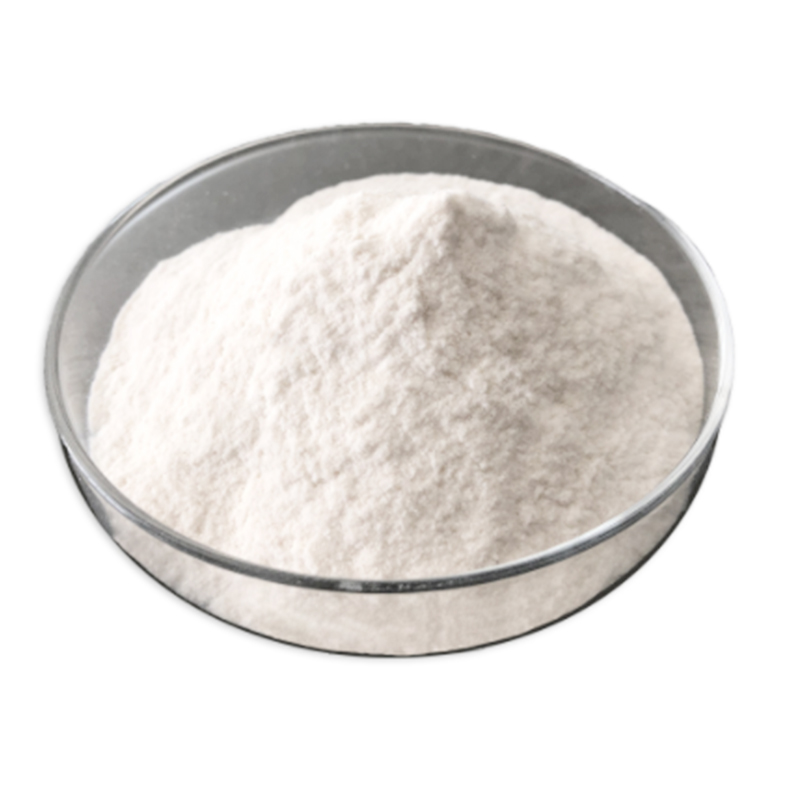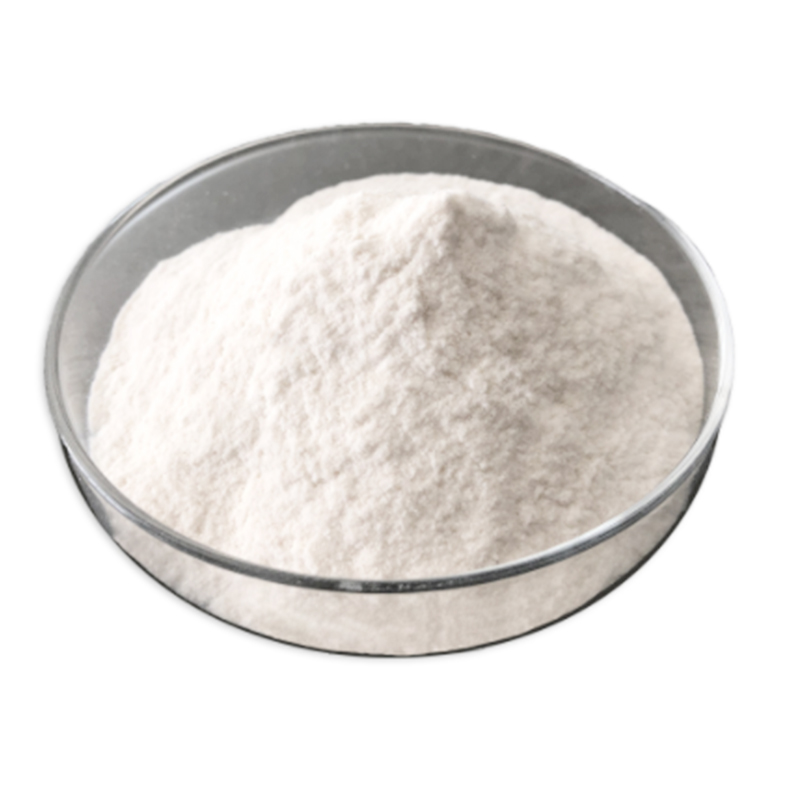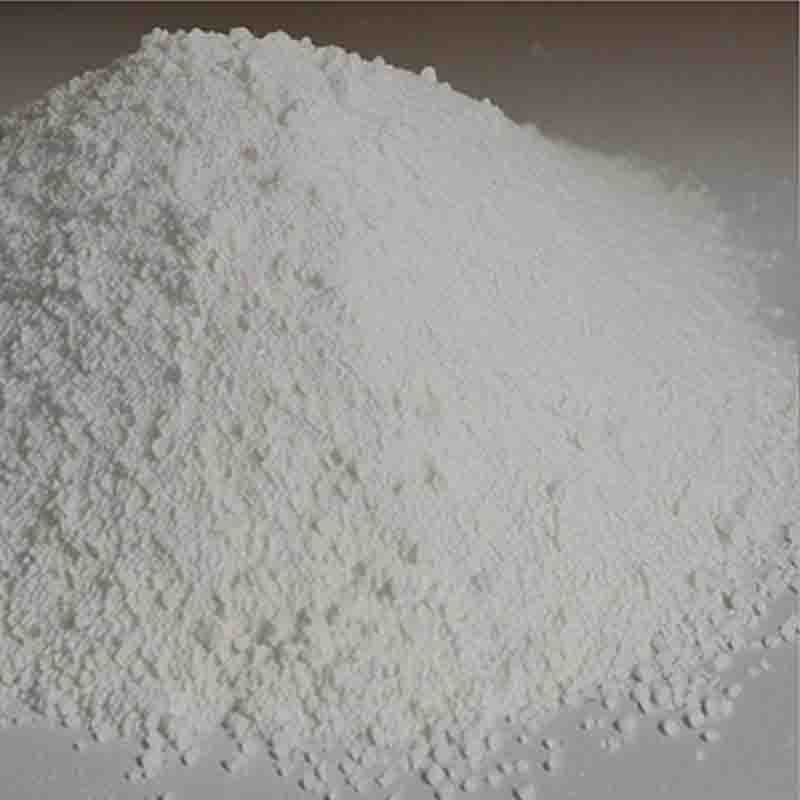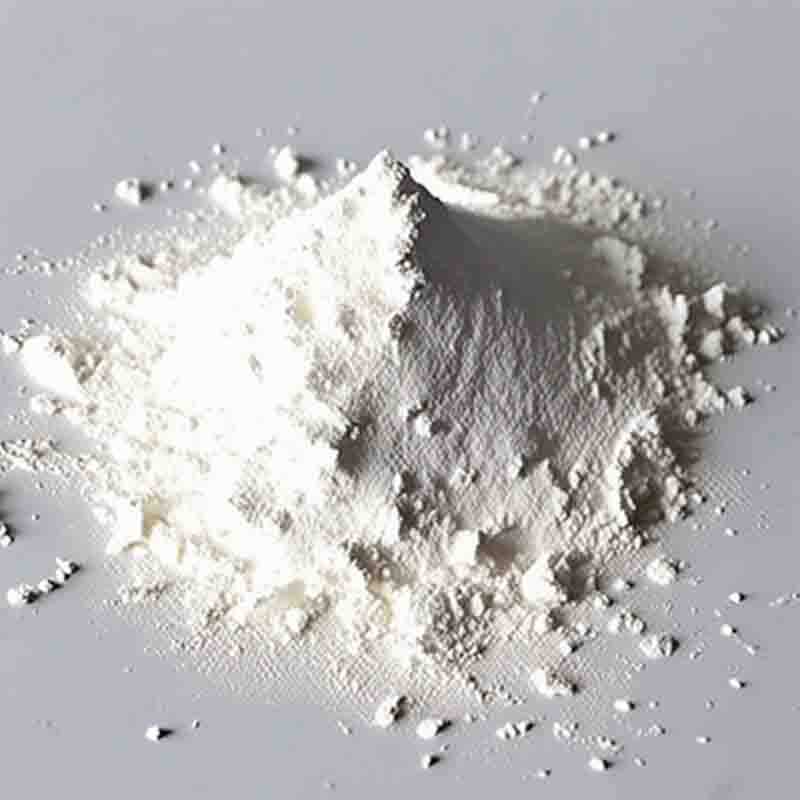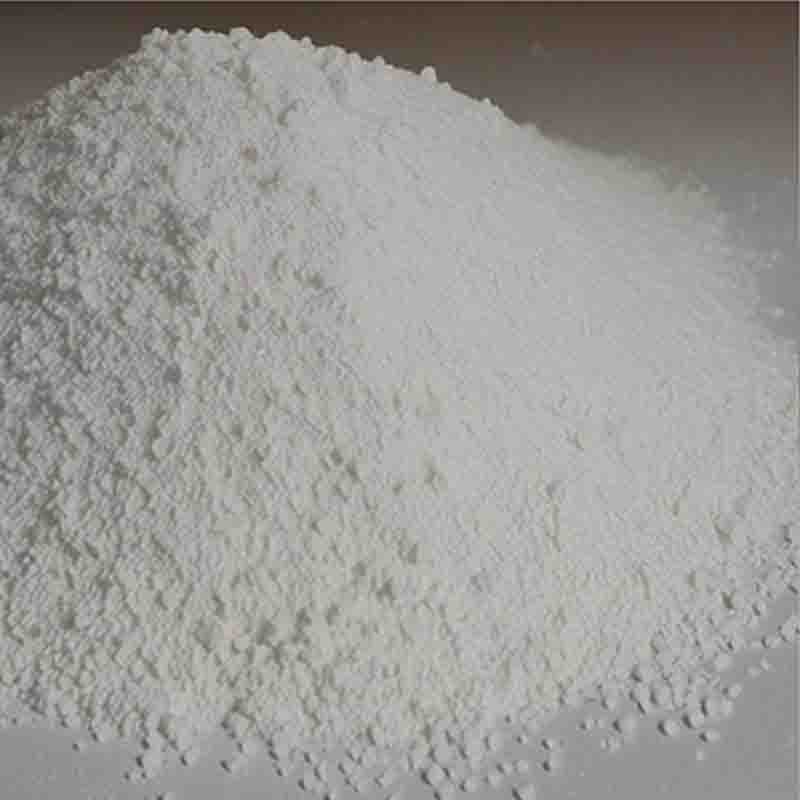2,3,4,6-Tetrakis-O-trimethylsilyl-D-gluconolactone CAS: 32384-65-9
| Catalog Number | XD93360 |
| Product Name | 2,3,4,6-Tetrakis-O-trimethylsilyl-D-gluconolactone |
| CAS | 32384-65-9 |
| Molecular Formula | C18H42O6Si4 |
| Molecular Weight | 466.87 |
| Storage Details | Ambient |
Product Specification
| Appearance | White powder |
| Assay | 99% min |
2,3,4,6-Tetrakis-O-trimethylsilyl-D-gluconolactone, commonly known as TMS-D-glucose, is a versatile compound that finds applications in various scientific fields, including organic synthesis, carbohydrate chemistry, and analytical chemistry.TMS-D-glucose is particularly valuable in organic synthesis as it serves as a protective group for the hydroxyl (OH) functional groups in carbohydrates. By introducing trimethylsilyl (TMS) groups onto the hydroxyl groups of glucose, the compound becomes more stable and less reactive, allowing for the selective modification of specific hydroxyl groups while leaving others unaffected during subsequent chemical transformations. This protection-deprotection strategy is widely used in carbohydrate chemistry to achieve desired regioselectivity and stereochemistry in the synthesis of complex carbohydrates, glycoconjugates, and natural products.In analytical chemistry, TMS-D-glucose is utilized as a derivatization reagent for the detection and quantification of carbohydrates. By converting carbohydrates into their trimethylsilyl derivatives, their volatility and thermal stability improve, making them suitable for analysis by gas chromatography (GC) and mass spectrometry (MS). This derivatization technique enhances the detection sensitivity, improves separation efficiency, and enables the identification of various carbohydrates in complex mixtures, such as biological samples or food products.TMS-D-glucose also finds applications in the synthesis of specialized reagents and chemical probes. Its unique reactivity and stability make it a valuable starting material for the preparation of other carbohydrate-derived compounds. Researchers can modify the trimethylsilyl moiety or substitute the glucose moiety to create compounds with specific properties, such as fluorescent probes, enzyme inhibitors, or drug candidates. These derivatives can be employed in various biological and biomedical studies, including imaging, drug development, or understanding carbohydrate-protein interactions.However, it is essential to consider that TMS-D-glucose, like any other chemical compound, requires proper handling and safety precautions. Researchers must ensure adequate ventilation and utilize appropriate personal protective equipment when working with this compound to prevent potential health hazards. Additionally, as with any chemical reagent, purity, and quality of TMS-D-glucose are crucial to obtain reliable and reproducible results.In summary, TMS-D-glucose is a valuable compound in organic synthesis, carbohydrate chemistry, and analytical chemistry. Its ability to selectively protect hydroxyl groups in carbohydrates, its applicability in carbohydrate analysis, and its utility in the synthesis of specialized reagents make it an essential tool in various scientific disciplines. By utilizing TMS-D-glucose, researchers can advance their studies in carbohydrate chemistry, glycoscience, and related fields, contributing to the development of new compounds, diagnostics, and therapeutic agents.


